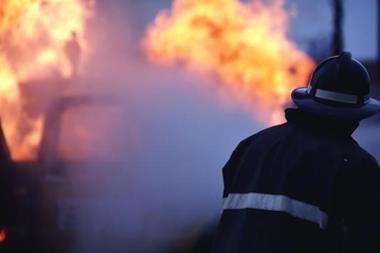Risk needs more attention
The risk factors that lead to dust explosions are similar throughout the world, and they need more attention to prevent further deaths, injuries and loss, advises Alfons Maier of Munich Re in a new bulletin, Dust explosions – When the air catches fire.
The comment is timely. The US Occupational Safety and Health Administration (OSHA) has proposed a fine of nearly $9 million, its third largest ever, against the Imperial Sugar Company and two affiliates, alleging violations at their plants in Port Wentworth, Georgia, and Gramercy, Louisiana. OSHA initiated the inspections following an explosion and fire at Port Wentworth on 7 February 2008 that killed 13 employees, injured more than 40 others and caused considerable damage.
OSHA's inspections of both facilities found large accumulations of combustible sugar dust in workrooms, on electrical motors and on other equipment. The investigation also determined that officials at the company were well aware of these conditions, but took no reasonable action to reduce the obvious hazards.
Dr Maier states that work by the institute for occupational health and safety of the German statutory accident insurance institutions, the US Chemical Safety and Hazard Investigation Board (CSB) and Munich Re’s own loss experience all indicate one thing: that dust explosions need attention. “Otherwise, we must continue to reckon with further deaths, injuries and large property and business interruption losses.”
Insurers tend to concentrate their attention on agriculture and food industries, comments Dr Maier, but a 2006 study by the CSB found that there is an explosion hazard in all industries that involve combustible dust, such as rubber, metal, wood, plastics and pharmaceutical industries.



















No comments yet